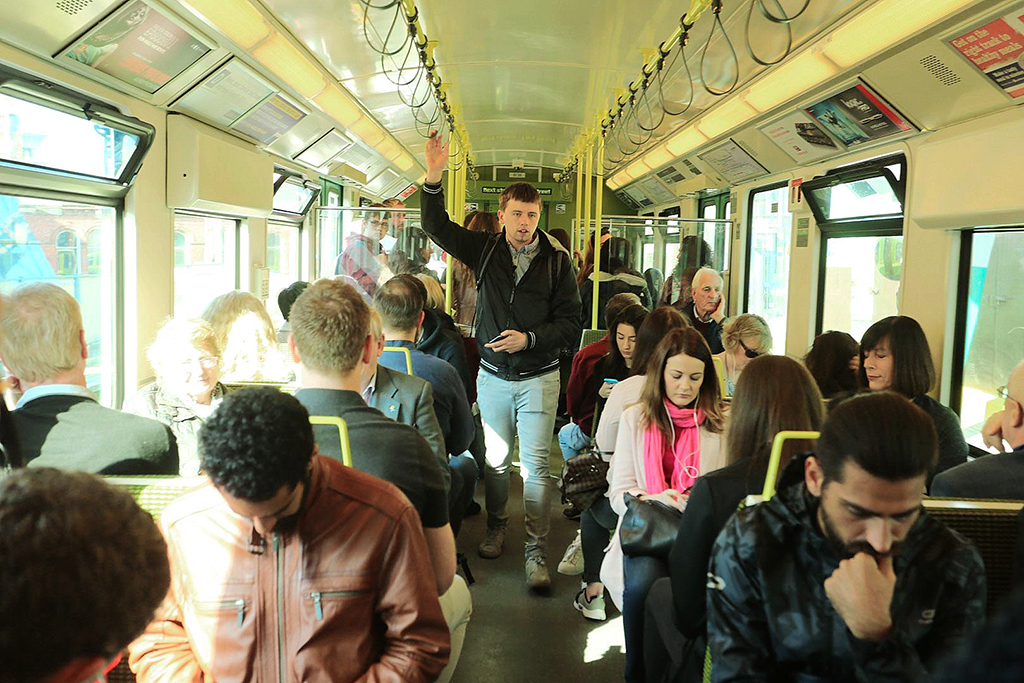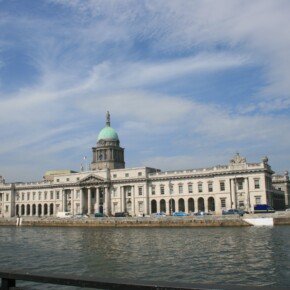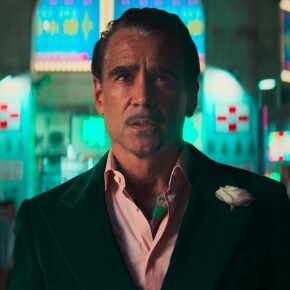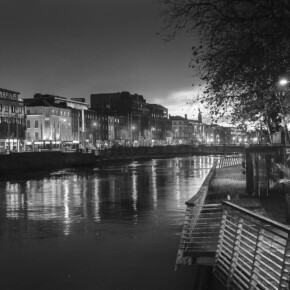COMMENT: The DART changed commuters’ lives forever
Dublin People 02 Aug 2019
HAPPY birthday to the DART, which has just turned 35.
On July 23, 1984, a new era of modern transportation dawned as the distinctive green electric trains officially commenced service on the Howth to Bray line.
I was lucky enough to live just a couple of minutes’ walk from a train station and remember the excitement leading up to the launch as test DARTs silently (or so it seemed) whizzed past.
Ireland wasn’t really at the cutting edge of anything back in the ‘80s so the arrival of the DART gave the capital city a badly needed confidence boost and modern new feature. Cities such as London and Paris may have had a complex underground transport networks but, for the moment, we were happy enough with our shiny electric trains.
Then, of course, was the cool acronym: Dublin Area Rapid Transit – it almost sounded futuristic.
My first trip on the DART was out to the legendary Rainbow Rapids in Dún Laoghaire, which many people of a certain age will recall as the number one place to go in Dublin back then (we were easily pleased).
For anyone living along the line, the DART opened up endless opportunities, from day trips to Howth or Bray to multiple visits into town. Granted, there had been a train service before the DART, but nothing as regular and convenient as this.
The impact of the DART on Dubliners’ lives has been profound. It boosted property prices along the entire line and is even credited with creating a new accent in some of the city’s more affluent suburbs (where it’s known as the ‘DORT’).
The pace of progress in expanding the DART service has been frustratingly slow and only small sections of the rail network, from Howth Junction to Malahide and Bray to Greystones, have since benefitted. There are plans to bring it out as far as Balbriggan, which is great news for those of us living along the northern commuter line. I fear, however, that I may qualify for free travel by the time this is ever realised.
Over the decades, the DART has been immortalised in films, books and music videos. It forms part of the urban landscape as it passes by many of the city’s iconic landmarks, such as Croke Park and the Aviva.
The service has not been without its problems, with commuters complaining about overcrowded rush hour carriages and anti-social activity on trains at certain stations. Unstaffed ticket offices along the line has led to security concerns and encouraged fare evasion. Ultimately, though, the DART has served the city well. Here’s to the next 35 years.











